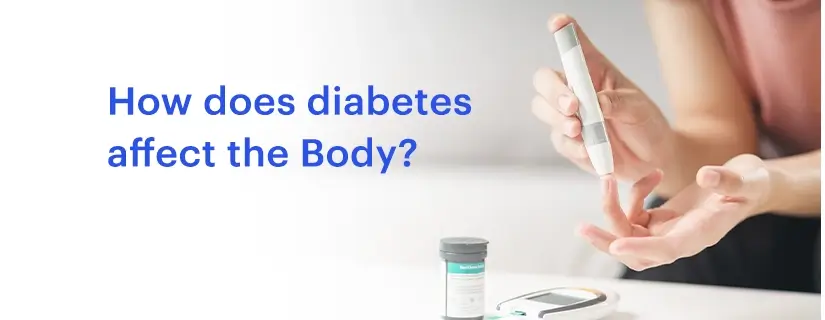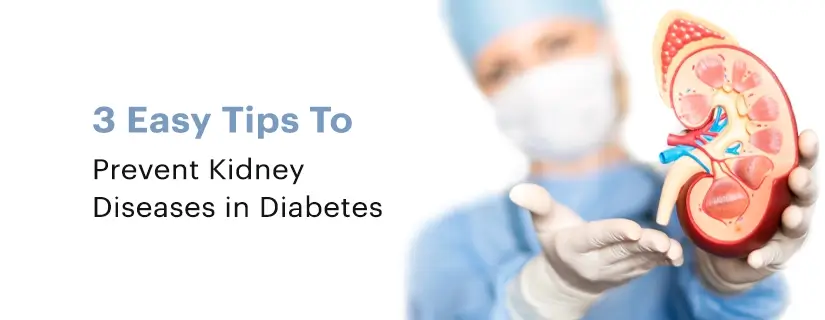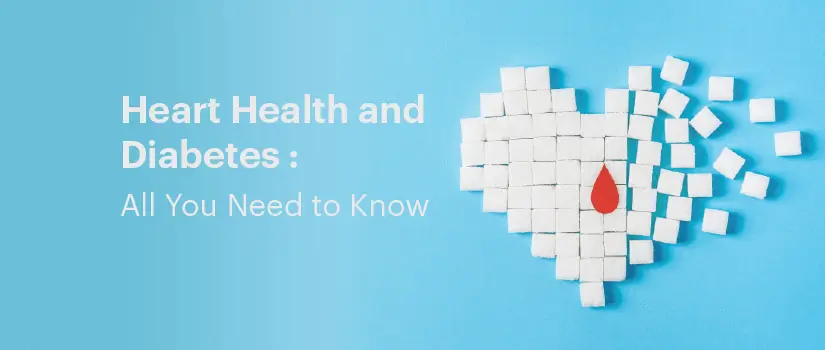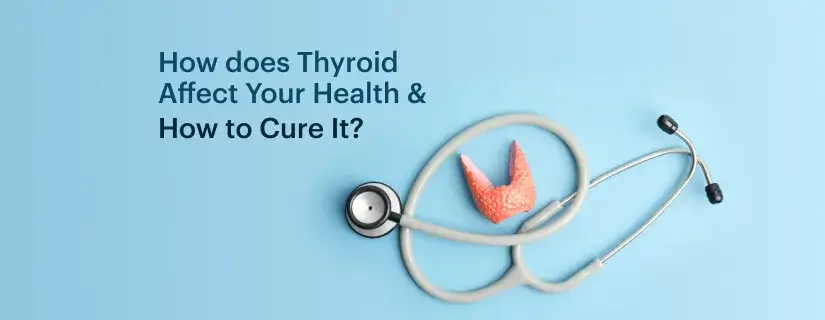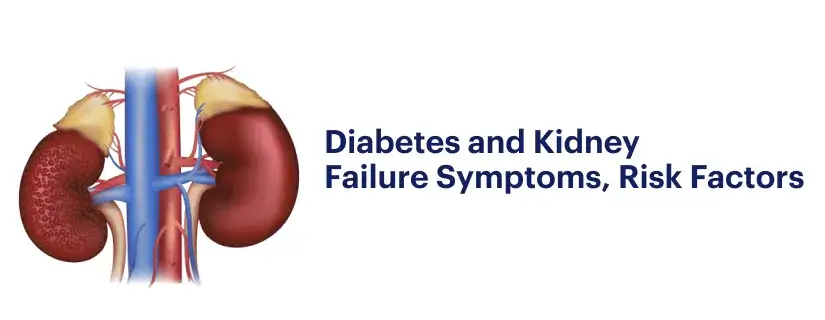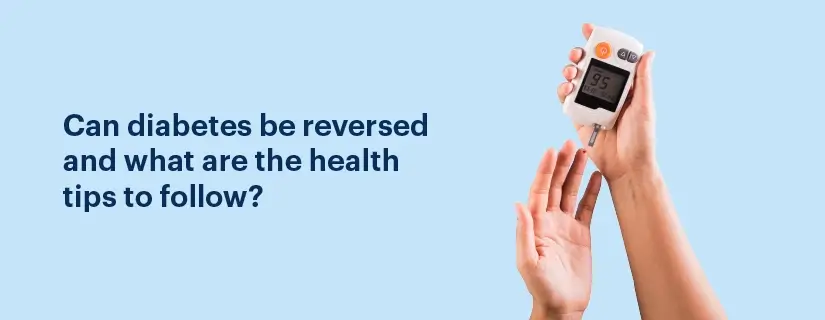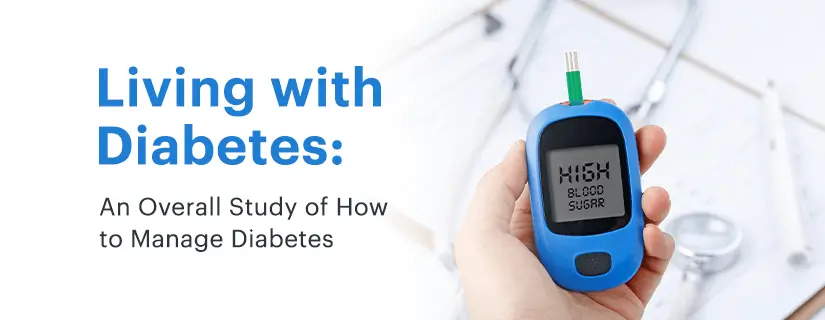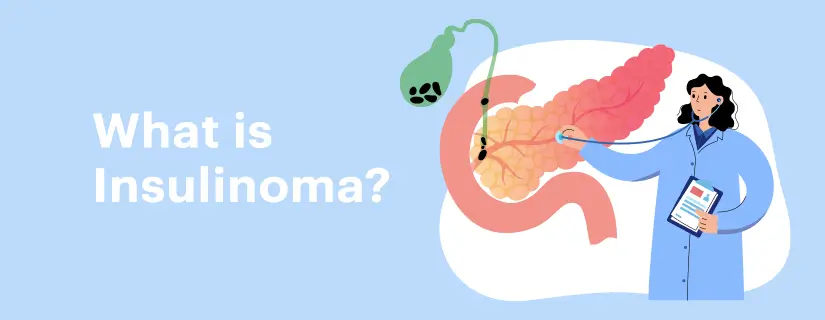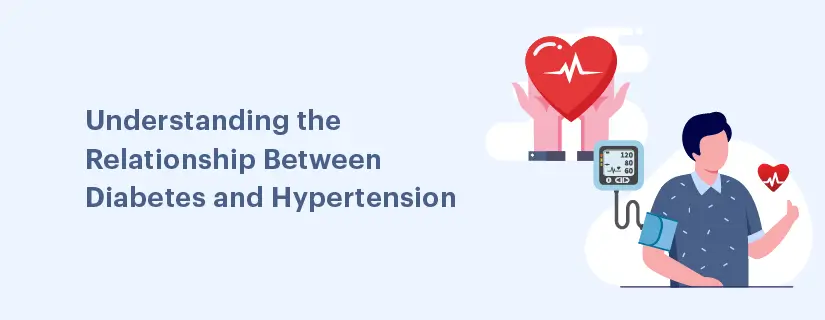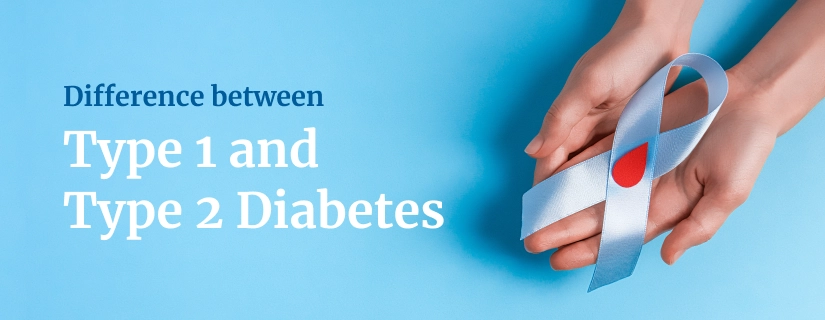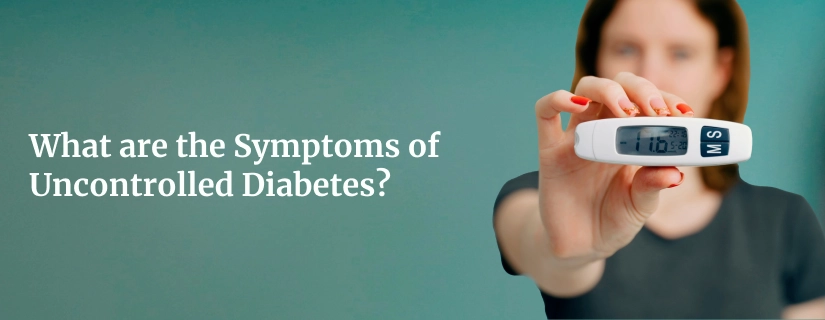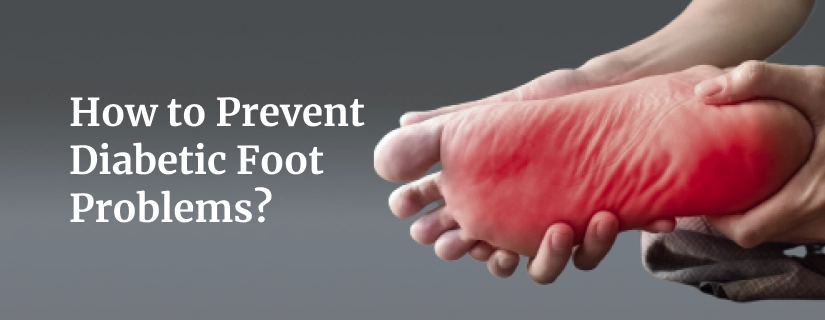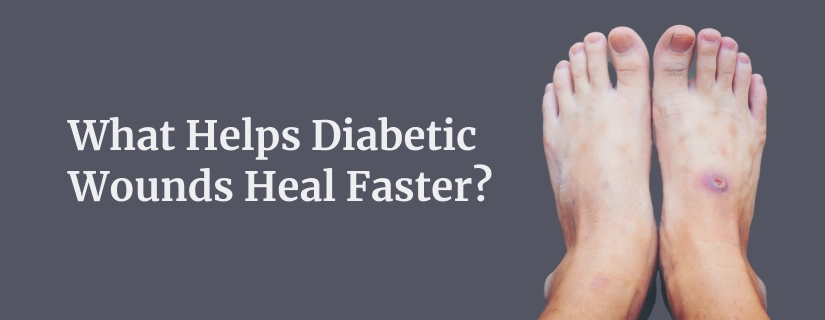-
Doctors
-
Specialities & Treatments
Centre of Excellence
Specialties
Treatments and Procedures
Hospitals & Directions HyderabadCARE Hospitals, Banjara Hills CARE Outpatient Centre, Banjara Hills CARE Hospitals, HITEC City CARE Hospitals, Nampally Gurunanak CARE Hospitals, Musheerabad CARE Hospitals Outpatient Centre, HITEC City CARE Hospitals, Malakpet
HyderabadCARE Hospitals, Banjara Hills CARE Outpatient Centre, Banjara Hills CARE Hospitals, HITEC City CARE Hospitals, Nampally Gurunanak CARE Hospitals, Musheerabad CARE Hospitals Outpatient Centre, HITEC City CARE Hospitals, Malakpet Raipur
Raipur
 Bhubaneswar
Bhubaneswar Visakhapatnam
Visakhapatnam
 Nagpur
Nagpur
 Indore
Indore
 Chh. Sambhajinagar
Chh. SambhajinagarClinics & Medical Centers
Book an AppointmentContact Us
Online Lab Reports
Book an Appointment
Consult Super-Specialist Doctors at CARE Hospitals
What Level of Blood Sugar is Dangerous?
Updated on 5 June 2024
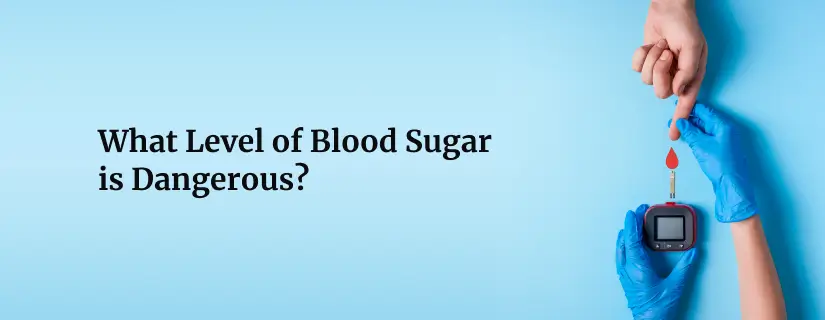
Blood sugar, or glucose, is a vital energy source for the body's cells. It fuels the brain, muscles, and other vital organs, playing a pivotal role in how we function on a daily basis. However, maintaining this delicate balance is crucial. When blood sugar levels deviate significantly from the norm, either by soaring too high or plunging too low, it can cause severe health implications. Let's delve into what constitutes a dangerous blood sugar level, the repercussions of uncontrolled glucose levels, and measures to prevent such extremes.
Blood Sugar & Its Importance in Body
Glucose, a simple sugar, is the primary energy source for the human body. Obtained from the food we consume, it is absorbed into the bloodstream and transported to cells with the help of insulin hormone. This process ensures our bodies function optimally. Glucose is also fundamental for brain function, impacting concentration, mood, and overall mental health. Pancreas-secreted insulin and glucagon hormones play key roles in maintaining optimal blood glucose levels. While insulin lowers blood glucose levels by facilitating its uptake by cells, glucagon increases glucose levels by signaling the liver to release stored glucose. When this balance is disrupted, and the body either doesn't produce enough insulin to metabolise glucose or becomes resistant to it, blood glucose levels can become erratic.
What are the effects of High Blood Sugar (Hyperglycemia)?
Most people are unaware of the level of diabetes, which is dangerous. A dangerous high blood sugar level, or dangerously high glucose, typically falls into two categories: fasting levels above 126 mg/dL and exceeding 200 mg/dL two hours after eating. Elevated blood sugar levels (hyperglycemia) can cause symptoms such as fatigue, increased thirst, frequent urination, blurred vision, and headaches.
What are the effects of Low Blood Sugar (Hypoglycemia)?
Conversely, what is considered a dangerously low blood sugar level generally refers to glucose levels falling below 70 mg/dL. Particularly perilous are levels dropping below 54 mg/dL, warranting immediate action to elevate blood sugar and prevent further decline. Low blood sugar levels (hypoglycemia) can manifest as shakiness, sweating, confusion, dizziness, weakness, and irritability.
Complications of Uncontrolled Blood Sugar
- Short-term complications:
- The immediate repercussions of uncontrolled blood sugar levels can range from discomfort to severe, life-threatening conditions.
- If left untreated, severe hyperglycemia can progress to hyperglycemic crises, such as diabetic ketoacidosis (DKA) and hyperosmolar hyperglycemic state (HHS), which demand urgent medical attention.
- On the other hand, severe hypoglycemia can lead to consciousness or seizures, requiring swift intervention to restore glucose levels to a safer range.
- Long-term complications: The long-term consequences of sustained high blood sugar levels are profound. They can cause:
- Cardiovascular disease: Diabetes accelerates the development of atherosclerosis (hardening and narrowing of the arteries), resulting in increased possibility of cardiovascular disease, including heart attacks, strokes, and peripheral artery disease.
- Kidney disease: Persistently high blood sugar levels can tarnish the small blood vessels in the kidneys, impairing their ability to effectively filter fluid and waste products from the blood. Long-standing diabetes is a leading cause of kidney disease (nephropathy), which can progress to kidney failure.
- Eye ailments: Uncontrolled diabetes can damage the blood vessels in the retina, leading to visual ailments, such as blurred vision and eventually blindness.
- Neuropathy: Persistent high glucose levels in the blood can damage the nerves (neuropathy) throughout the body, resulting in tingling, numbness, burning sensations, and pain, particularly in the hands and feet.
- Hypoglycemia in the long run can also lead to further complications. These include an increased risk of falls, resulting in injuries, and a higher likelihood of motor vehicle accidents. Hypoglycemia can also lead to a greater risk of developing dementia over time in older adults.
Management
Proper management of high blood sugar levels is essential in preventing the short and long-term complications associated with their extremes. It involves a comprehensive approach that includes medication, lifestyle adjustments, regular monitoring, and education on recognising and responding to dysregulation symptoms.
Seeking medical intervention when experiencing signs of dangerous blood sugar levels is vital. Healthcare professionals can provide immediate care to stabilise blood sugar levels and prevent complications. Furthermore, they can adjust treatment plans to manage these levels better, reducing the risk of future episodes.
When to Call Your Doctor
Identifying the warning signs that indicate blood sugar levels are dangerously high or low is crucial. Symptoms such as extreme thirst, frequent urination, unexplained weight loss, or, in the case of low blood sugar, shaking, sweating, and confusion should prompt immediate consultation with a doctor.
Can High Blood Sugar Be Prevented?
You can prevent blood glucose level fluctuations by simply following some basic steps, including:
- Lifestyle modifications: Adopting a healthy lifestyle is pivotal in preventing high blood sugar levels. It involves a balanced diet rich in whole food products, regular physical activity, maintaining a healthy weight, and avoiding excessive sugar and refined carbohydrate consumption.
- Medications: Adhering to prescribed medication regimes is crucial for people with diabetes or at risk of developing it. Medications and insulin therapy, in some cases, play a pivotal role in managing high blood sugar levels. Regular consultation with doctors ensures these medications effectively maintain blood sugar within a healthy range.
- Regular monitoring: Regular monitoring of blood sugar levels allows people to respond promptly to deviations from the norm. This proactive outlook can prevent the escalation of blood sugar levels to dangerous extremes.
Conclusion
Understanding what constitutes a dangerous blood sugar level is crucial for preventing medical emergencies and managing overall health. Recognising the signs of high and low blood sugar, seeking timely medical intervention, and adopting preventive measures can mitigate the associated risks. Through education, awareness, and proactive management, individuals can maintain healthy blood sugar levels, ensuring a better quality of life. Consulting with doctors is always recommended for personalised advice and treatment options.

ENQUIRY FORM
SELECT CATEGORIES
-
Neurosciences (16)
-
Neurology (37)
-
Neurosurgery (14)
-
Orthopaedics (48)
-
Oncology (33)
-
Obstetrics and gynecology (51)
-
Pulmonology (23)
-
Urology (20)
-
Nephrology (13)
-
Psychiatry (7)
-
Dietetics and Nutrition (111)
-
General Medicine (63)
-
Cardiac Sciences (30)
-
Vascular & Endovascular Surgery and Interventional Radiology (10)
-
Gastroenterology (46)
-
Endocrinology (23)
-
Plastic Surgery (10)
-
Critical Care Medicine (5)
-
COVID-19 (16)
-
Dermatology (16)
-
Emergency Care (1)
-
Ophthalmology (4)
-
Pediatrics (14)
-
Laparoscopic and Bariatric Surgery (8)
-
ENT (15)
-
Kidney Transplant (1)
-
Liver Transplantation and Hepatobiliary Surgery (5)
-
General Surgery (3)
-
Internal Medicine (5)
-
Medicine Information
Hyperthyroidism in Men: Causes, Symptoms and Treatment
Diabetic Foot Ulcer: Symptoms, Causes, Stages, and Treatment
YOU MAY ALSO LIKE
RECENT BLOGS
-

Direct Anterior Approach in Total Hip Replacement: Advantages and Challenges
10 April 2025
Read More
-
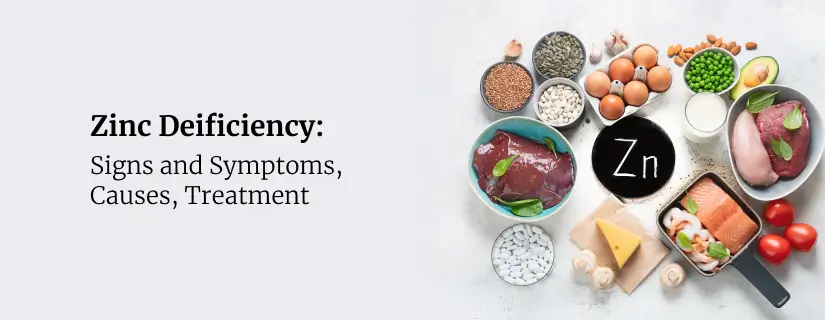
Zinc Deficiency: Signs and Symptoms, Causes, Treatment
9 April 2025
Read More
-

Chest Pain When Coughing: Causes, Treatment and Home Remedies
9 April 2025
Read More
-

12 Health Benefits of Eating Mushrooms
8 April 2025
Read More
-

7 Health Benefits of Blood Donation You Should Know About
8 April 2025
Read More
-

Implantation Bleeding Vs Periods: Know the Difference
28 February 2025
Read More
-

Bloating During Ovulation: Symptoms, Causes and Remedies
28 February 2025
Read More
-

Itching During Dengue: Causes, Treatment and Home Remedies
18 February 2025
Read More
Have a Question?
If you cannot find answers to your queries, please fill out the enquiry form or call the number below. We will contact you shortly.


